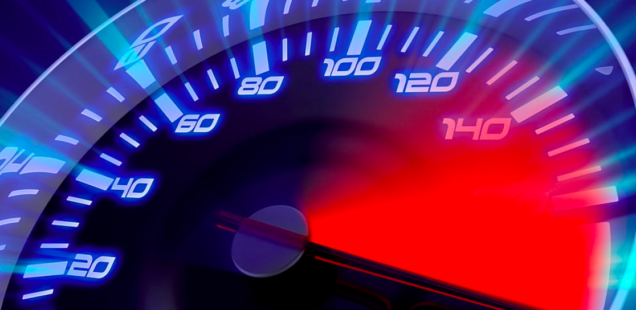
Reset Your Speedometer And Odometer
When I was in Mexico, I took Muay Thai classes. There were no classes in the morning and three 1-hour classes in the evening, one right after the other.
Normally, I would go to one class and leave as the next class was starting, but sometimes I would stay for 2 classes, and once or twice even 3 in a row.
Each class started with cardio exercise; jumping rope, sprinting, burpees. I always felt a certain level of resistance to doing all of it again after the previous class, but I learned something every time I jumped in.
The Judgement Of “I’m Done!” Or “That’s Enough” Is Subjective
The largest mental challenge wasn’t ‘doing’ the physical activity, but my perception that I had done one ‘unit’ of effort. Doing a second class was too much stress and would be too uncomfortable.
A totally arbitrary barrier existed between the end of the 1st class and the beginning of the 2nd. I broke this barrier the day I decided to attend 3 classes in a row.
By doing this, I reset my internal measurement systems. From then on, my speedometer and odometer (I don’t have the exact biological equivalent) never warned me “You’re in the red zone!” when I did 2 classes in a row.
You Should Reset Your Speedometer Regularly
However you gauge your amount of effort, discomfort, tasks completed, or results, you are likely on a plateau. You rest on this plateau based on how you balance productivity with comfort and what you believe about what’s necessary and what’s possible.
This plateau provides a comfortable routine, but it’s completely arbitrary. You may not have put any thought into why this is your limit.
When you decide your own limits, you’re likely to select a too-low limit because you want to be comfortable.
When someone else, like my Muay Thai teacher, sets a 1-hour limit, he does that because it works for the majority of people, not the high performers.
Rather than a worthwhile ‘goal’, reaching your arbitrary plateau is more of a minimum. Believing that you’re done because you feel done is a mental trap, a false ‘red zone’ on your speedometer and odometer that you hit at 5PM or at the end of a difficult Muay Thai class. You may feel some shade of exhausted and accomplished, but for completely arbitrary reasons.
When you hit the ‘red zone’ you must learn to keep driving.
Why should you break past this plateau?
Here’s why:
-
You can do much more, much faster than you are now. Your current speed is arbitrary and likely quite low. You can be worth more and reach your goals more quickly.
-
Even if the quality of your work decreases on any given day due to exhaustion/boredom, you will never know unless you try. Besides, power lifters know that working their arms to exhaustion allows them to lift more weight later. This is the same for emotionally or intellectually challenging work.
-
When you return to a slower pace or normal working hours, you continue to work more efficiently while also feeling more at ease. It’s like dropping from 65mph to 40mph on the highway.
-
You have more free time. First, in the days where you don’t let single tasks take your whole day, and second in the days you normally spend working that you can now do other things.
How Do You Reset The Dials?
First: Set the goal to do twice as much as normal in a given day or hour. Pick a discreet, measurable task. Tell yourself “Do it now. Do it now. Do it now.” to stay focused every second possible. Set a short deadline that you will miss (30 minutes) but will get you moving quickly.
Start a timer.
Second: Utilize the willpower to begin. Keep up the pace by repeating “Do it now. Do it now.”
Third Apply focus and willpower to continue to the end. Don’t let yourself get distracted until the job is completely done. Repeat “Do it now. Do it now.” and then “Finish it now. Finish it now.” to remain focused until the end.
Stop the timer. How long did the task take? With focus, most tasks will be completed far faster than when you are less focused. Use this information to ‘reset’ your working speedometer.
Fourth: Restart the timer. Do the same task again, either without stopping or after a short break. You will probably get the job done faster the 2nd time, but the reason you do it twice is to reset your odometer, or how far you feel is comfortable to go before stopping. After you do this once, completing double-tasks in a row will feel normal to you and completing single tasks feels like a half-effort. Odometer reset!
As I learned from Brian Tracy, repeating the phrase “Do it now! Do it now!” helps you stay focused during this process of resetting your arbitrary limits.
You cannot ‘fail’ at this. Even a failed attempt makes your normal workload feel easier, so try it!
